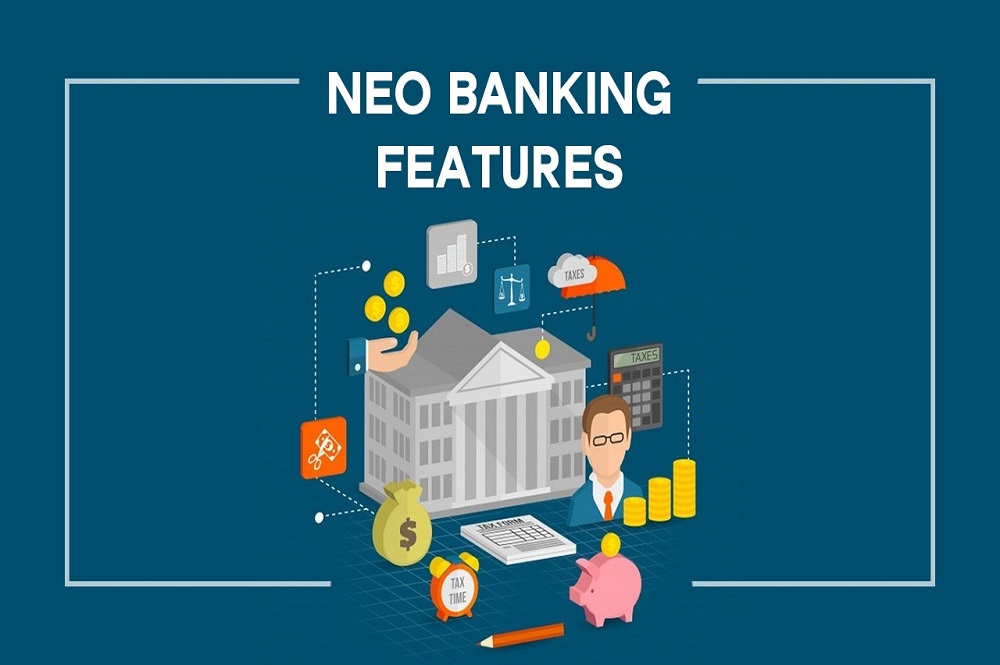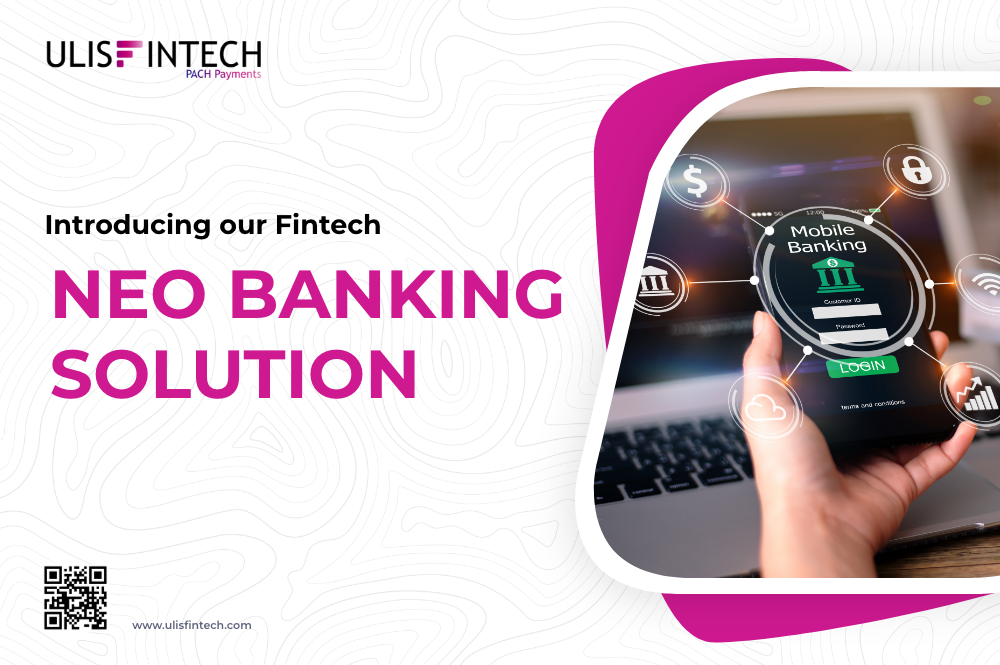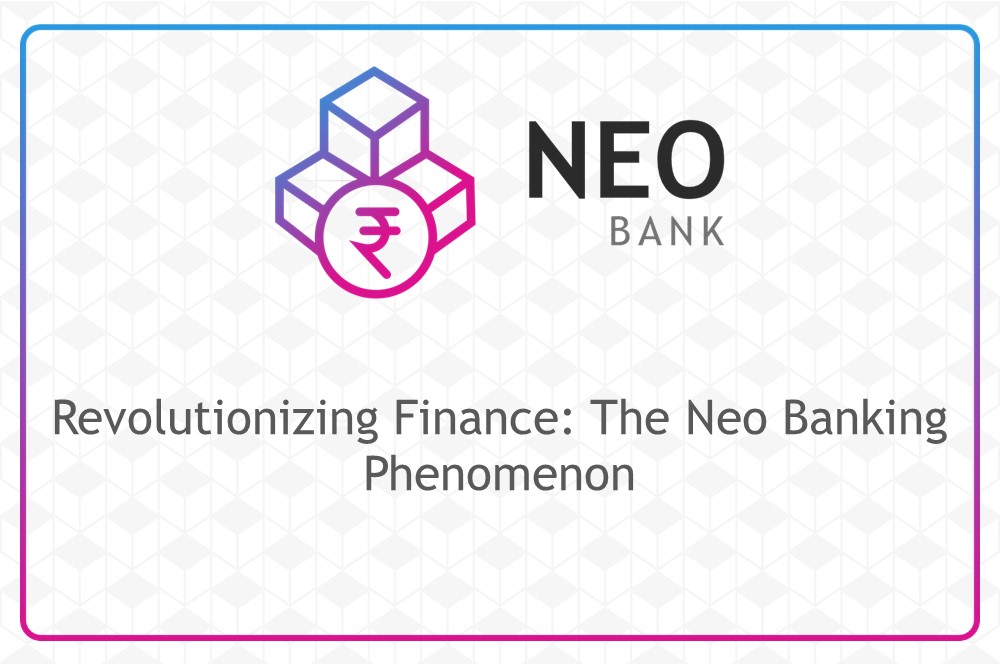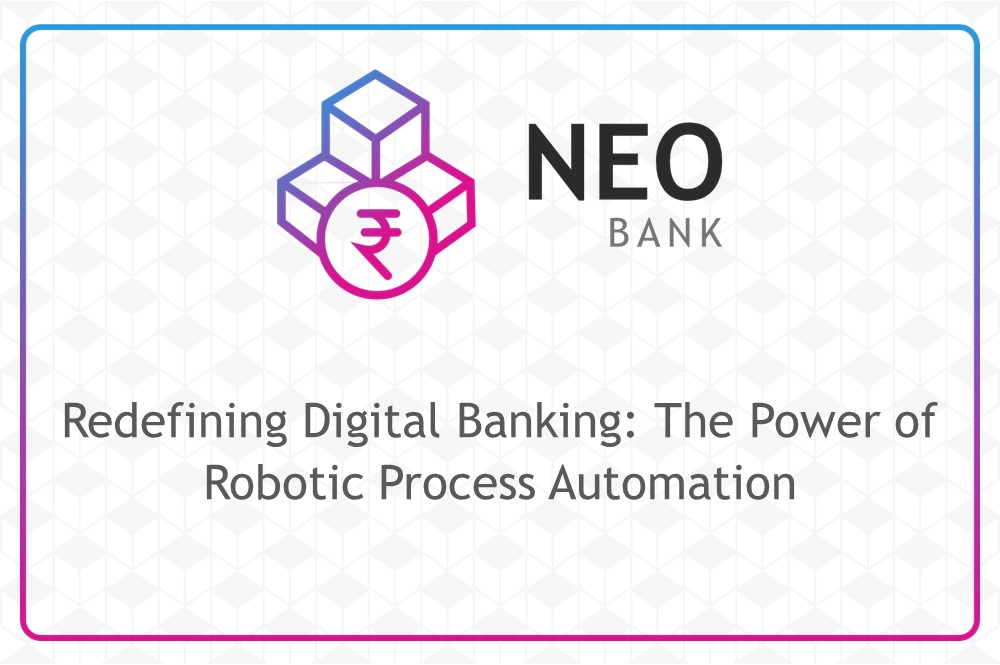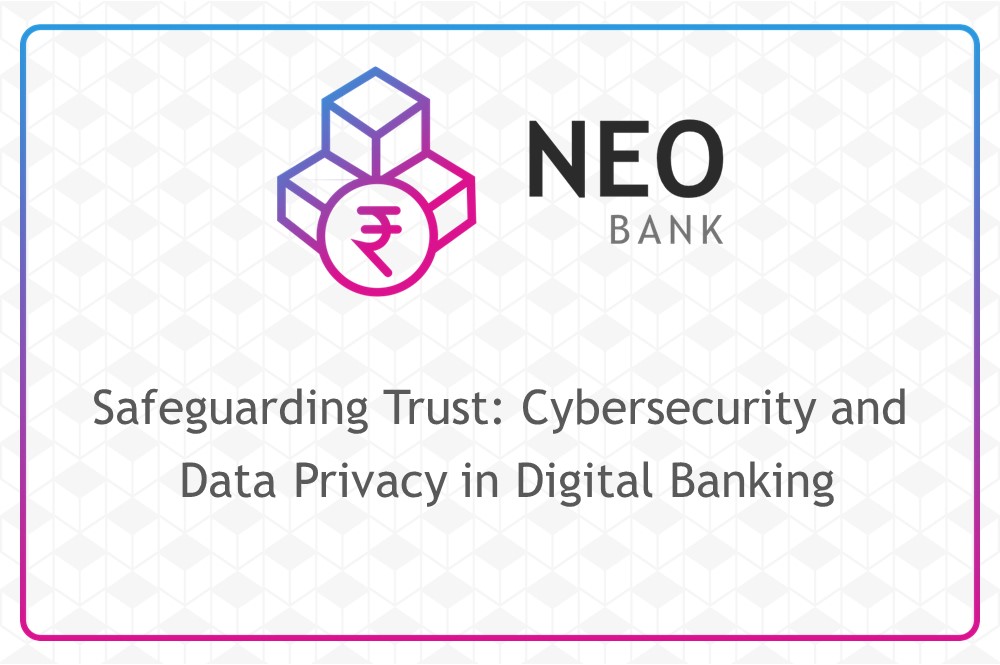Digital Payment Advancements
Mar 11, 2022 - 7 MINS READ
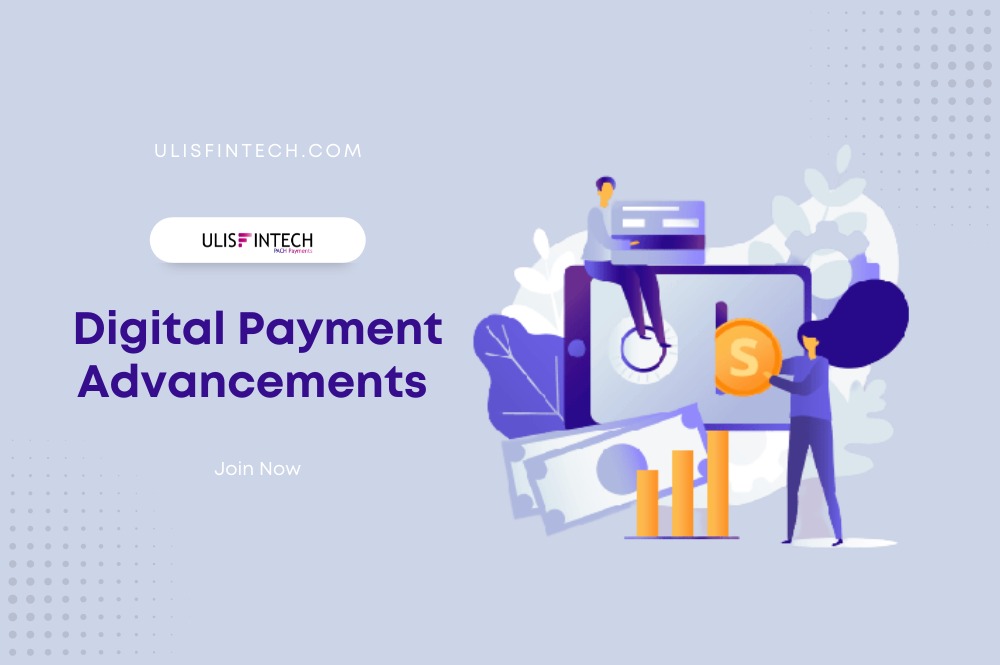
Digital payment advancements that will ease firm financial processes
Currently, most purchases are rapid and done online. As a result, organizations must adapt and evolve in response to these changes in order to increase consumer experience and growth. Clients are ready for the next stage in the evolution of commerce. This involves putting faith in a financial institution's data security and service offerings. Now is the moment for the following essential actors to have an effect on how businesses implement digital payment technology. In terms of B2C, seismic changes are coming to the way firms manage digital payments. Let's get this party started on the list below!
Year after year, the financial services business is disrupted by the active growth of digital payment solutions. The COVID-19 problem has prompted even more contactless payment improvements. PSD2 laws open up new possibilities for traditional banking and Fintech collaboration. The following are the trends that will guide digital payment innovation.
Account for international business
Staying multinational but paying local-like service rates is critical to a company's success. How? Establishing a business account with an all-in-one solution such as Satchel allows for easy foreign transactions. Not only that, but by having several currencies, processing incoming and outgoing payments, and is located in a country at the crossroads of the world's largest single-currency markets (Eurozone) and customs union, the country has a competitive advantage.
Everything is done online, and clients simply need to know your unique IBAN in order to make your payments that are handled virtually as quickly and easily as a local money transfer (EU-based and non-EU). It's a simple and straightforward option for any company seeking to create an overseas account.
Payment solutions that use biometrics
Payment security is becoming an increasingly critical issue to consider as the world of payments shifts to more digital. Biometric Authentication uses recognized, unique, specific, and verifiable data to identify and authenticate a person's identity. Fingerprint sensors, face detection, voice recognition, and ocular retina scanners are all examples of biometric authentication.
Payments through the cloud
Late payments have a negative impact that any firm must prevent at all costs. As a result, by utilizing this cost-effective solution, you will save money, time, and, most importantly, your reputation. You'll have more transparency and visibility into all of your clients' transactions thanks to the automation. As a result, your clients receive real-time notifications, ensuring that their figures are right and removing the risk of a disagreement.
Your organization will have the flexibility it needs to keep your financial data safe and secure with a cloud-based ERP accounting solution. This saves a significant amount of time and effort. You also don't have to manually keep track of invoices because the cloud helps automate procedures by reducing manual processes and human error.
Financial institution
Large FinTechs can profit from incorporating Banking as a Service for their banking solutions due to the need for speedy solutions, communication, and services. This enables organizations to respond to client needs much more quickly while avoiding unnecessary expenditures, gaining control, and utilizing a secure API-based solution.
Cashless economy
FinTechs are becoming increasingly self-sufficient and better positioned to handle the growing need for cashless transactions. The COVID-19 problem even shifted the perspective of "golden billion societies," with elderly people, low-income, and less educated sectors of society adjusting to e-banking.
B2B and B2C Embedded Payments are being accelerated.
Every industry strives to improve the consumer experience. It leads to a sense of payments as an integrated aspect of the purchasing experience rather than as a distinct financial transaction.
Institutional use of Blockchain
Companies' authorities realize the benefits of blockchain and see it as a tool to make trade finance operations more transparent, efficient, and secure. The Marco Polo platform gains major value from its ability to interface with ERP systems.
Strict security and compliance restrictions
Digital payment solutions are increasingly becoming incorporated into business software ecosystems. This reality compels users and governments to impose even stricter standards for data and payment processing security, KYC and AML laws, and privacy protection. It is vital for digital payment providers to achieve compliance from the start.
What is the next step in digital payment innovation?
Only global trends will tell. The Coronavirus epidemic has permanently altered the transition to digital transactions, and this trend will not abate. Offering solutions to your customers and business can not only save your company, but it can also put you ahead of the competition.
